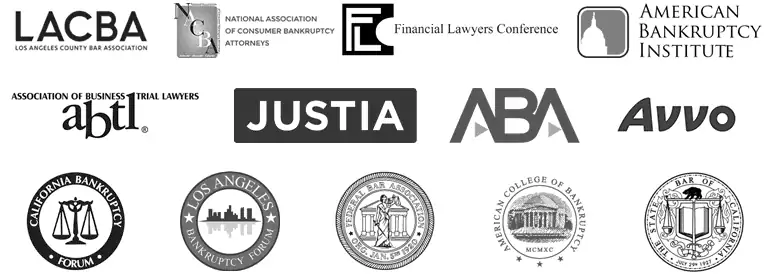What are “Qui tam” actions?
Have you ever heard of “qui tam” actions? Many people haven’t.
Do you know what they mean and what their function is in the world?
Do you have information that your employer is defrauding the government? If you do, you may be able to bring a lawsuit known as a qui tam action.
The term “qui tam” comes from the Latin
“He who sues in this matter for the king as well as for himself”.
In this sentence we can conclude that the individual who filed the lawsuit also gets his or her reward while doing something good for the government.
The “qui tam” actions are lawsuits. These lawsuits are filed by individual who believes that an entity is defrauding the government in some way. With these actions the government can recover money lost due to the employer’s fraud and may also give the employee a percentage of recovery as a reward for filing the suit.
Qui Tam, or the False Claims Act, allows persons and entities with evidence of fraud against federal programs or contracts to sue the wrongdoer on behalf of the United States Government. In Qui tam actions, the government has the right to intervene and join the action. If the government declines, the private plaintiff may proceed on his or her own.
What actions are considered violations under the False Claims Act?
- Knowingly presenting to the federal government a false or fraudulent claim for payment
- Failure to deliver items that were sold
- Knowingly using a false record or statement to get a claim paid by the federal government
- Charging for services not provided
- Knowingly using a false record or statement to conceal, avoid, or decrease an obligation to pay money or transmit property to the federal government
- Conspiring with others to get a false or fraudulent claim paid by the federal government
- Overcharges
- False reports about a product’s quality;
- Failure to properly test products
Defendants who are found liable in such claims usually are ordered to pay all court costs, expenses, and attorney’s fees in addition to paying fines and repaying the disputed amount.
Who can file a Qui Tam Action?
Any persons or entities with evidence of fraud against federal programs or contracts may file a qui tam lawsuit. However, if the government or a private party has already filed a False Claims Act lawsuit based on the same evidence as you, you cannot bring a lawsuit.
Those who bring qui tam actions under the False Claims Act are eligible for between 15 percent and 30 percent of the amount of fraud recovered. So, if a contractor overcharges the government by $100,000, the person bringing the claim may receive between $15,000 and $25,000 as a reward, once the money is recovered.
How to bring Qui Tam Action?
Any individual may bring a qui tam action against an entity that has apparently defrauded the government, not just employees of that entity.
When the qui tam claim is initiated by a private individual, called the “relator,” it is filed “under seal” meaning that it is kept secret from everyone but the government to give the Justice Department time to investigate the allegations for at least 60 days often much longer and thus kept confidential. The government investigates the allegations during this time and takes over the qui tam action if it decides to get involved. Even the person or entity being accused of fraud is not told about the qui tam case. The qui tam lawsuit and supporting documents should provide the government with detailed information about the fraud.
Damages and Awards in Qui Tam Actions
Damages paid by defendants found guilty of violating the False Claims Act are set at three times the amount of money unlawfully obtained. In addition, the liable defendant may have to pay a $5,000 to $10,000 penalty per claim; punitive damages in extreme cases; and the court and attorney costs for all parties. In other words, it can be extremely expensive for those who violate the Act.
Awards for successful quit tam actions are fixed by the court and based on whether the government intervened on the relator’s behalf. If so, then the relator may be awarded between 15 percent and 25 percent. If not, if the relator prevails without the help of the government, he or she may be eligible for an award of between 25 percent and 30 percent of the fraud amount.
Getting Legal Help with a Qui Tam Action
A qui tam action can vindicate important governmental, and public, interests, while offering an incentive to anyone who has knowledge of misconduct to help protect public funds and the integrity of government contracts. If you know or suspect that your employer has committed fraud in connection with a government contract or program, you should contact an experienced whistleblower attorney to assist you in bringing a qui tam action.


